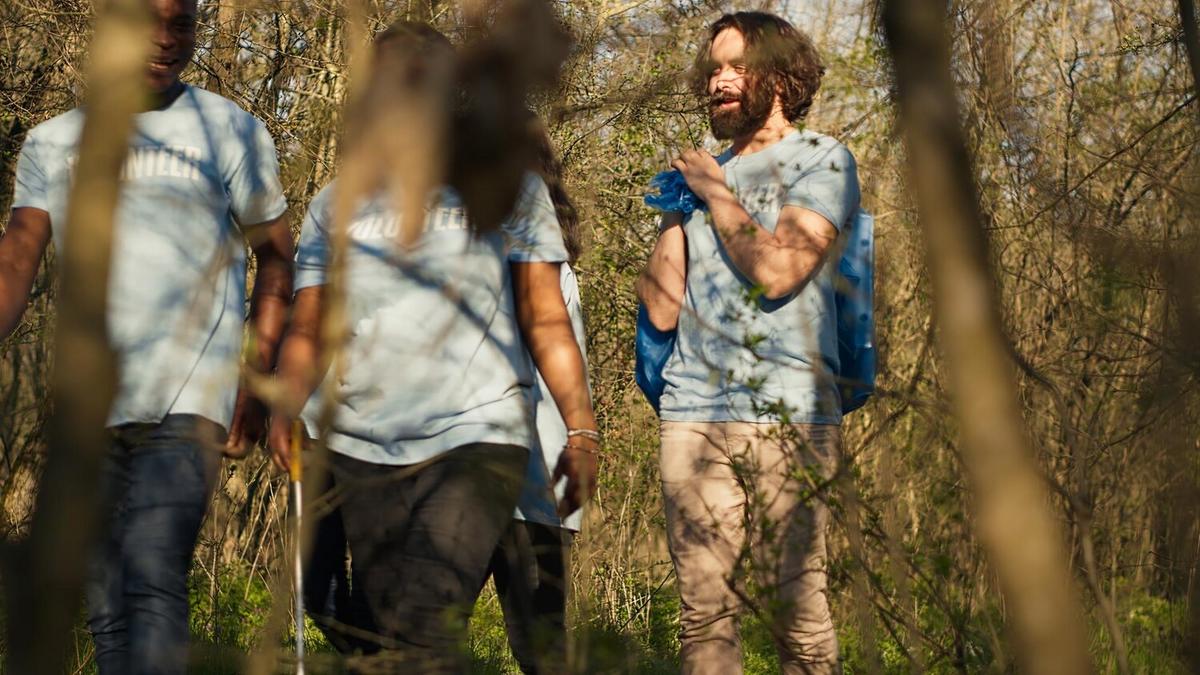
How to Respect Nature While Hiking: Leave No Trace Principles
Hiking is a fantastic way to connect with nature, but it’s essential to do so responsibly. Respecting nature means leaving no trace of your visit, ensuring that future generations can enjoy the same pristine landscapes.
The Importance of Respecting Nature While Hiking
When we hit the trails, we often seek solace, adventure, and a break from our daily routines. However, our presence can have a significant impact on the environment if we’re not careful. The Leave No Trace principles provide a framework for minimizing our impact and respecting the natural world.
Expert Opinions
“The Leave No Trace principles are not just guidelines; they are essential practices for anyone who loves the outdoors,” says Jeff Marion, a recreation ecologist with the U.S. Geological Survey.
Statistics and Research
According to the Environmental Protection Agency, over 150 million people visit national parks annually. With such high foot traffic, even small actions can have significant cumulative effects.
Personal Anecdote
During a recent hike in the Rockies, I noticed a group of hikers picking up trash along the trail. Their efforts reminded me of the importance of each individual’s role in preserving nature. Small actions, like packing out all trash, can make a big difference.
Actionable Tips
- Plan Ahead and Prepare: Research the trail and understand the regulations. This ensures you’re well-prepared and minimizes unexpected impacts.
- Travel and Camp on Durable Surfaces: Stick to established trails and campsites to avoid damaging fragile ecosystems.
- Dispose of Waste Properly: Pack out all trash, leftover food, and litter. Use biodegradable soap for washing and do so at least 200 feet away from water sources.
- Leave What You Find: Preserve the past by observing but not touching cultural or historical artifacts. Leave rocks, plants, and other natural objects as you find them.
- Minimize Campfire Impact: Use a lightweight stove for cooking and enjoy a candle lantern for light. Where fires are permitted, keep them small and use established fire rings.
- Respect Wildlife: Observe animals from a distance and never feed them. Feeding wildlife alters their natural behaviors and can harm their health.
- Be Considerate of Other Visitors: Yield to other users on the trail, take breaks and camp away from trails and other visitors, and let nature’s sounds prevail.
Comparison Table: Leave No Trace Principles
| Principle | Description |
|---|---|
| Plan Ahead and Prepare | Research and understand trail regulations |
| Travel and Camp on Durable Surfaces | Stick to established trails and campsites |
| Dispose of Waste Properly | Pack out all trash and use biodegradable soap |
| Leave What You Find | Preserve natural and cultural artifacts |
| Minimize Campfire Impact | Use a stove for cooking and keep fires small |
| Respect Wildlife | Observe from a distance and do not feed |
| Be Considerate of Other Visitors | Yield to others and respect natural sounds |
Pro Tip: Carry a small trash bag with you to collect litter you find along the trail. This simple act helps keep the environment clean and sets a positive example for others.
FAQ
What is the primary goal of the Leave No Trace principles?
The primary goal is to minimize human impact on the environment, ensuring that natural areas remain pristine for future generations.
Can I build a fire while hiking?
It’s best to avoid building fires. Use a lightweight stove for cooking. If a fire is necessary, keep it small and use established fire rings.
How can I dispose of human waste properly?
Use established restroom facilities when available. If not, dig a small hole at least 200 feet away from water sources, trails, and campsites.
By following these principles, you contribute to the preservation of our natural world. Let’s all do our part to ensure that these beautiful landscapes remain unspoiled for generations to come.


